Fresno Community Dashboards:
In an effort to connect our community with all available data resources, we include original source documentation, links, and downloads for all metrics within Fresno’s Mobility Metrics. We have also included a collection of other local, state, and national dashboards you can access below:
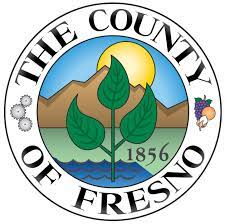
Fresno County Department of Public Health
Fresno County Health Priority Index (2022)
Access the dashboard here.
The Fresno County Department of Public Health, in collaboration with the Fresno Community Health Improvement Partnership (FCHIP) Land Use and Planning Workgroup, identified the need to provide a tool to assist in healthy land use and planning decisions for public infrastructure, facility, and service resource allocations focused on areas of most health burden. The Health Priority Index (HPI-Fresno), compiles data from national, state, and local sources to visualize the level of health burden within each census tract in Fresno County.
Community Health Dashboard
Access the dashboard here.
The Fresno County Department of Public Health Community Health Division is dedicated to providing resources to keep everyone in our community healthy and safe. No matter your age or where you live within the county, it’s our mission to ensure you have the right information and access to care you need to keep you and your family healthy. Learn more about critical diseases, including mosquito-borne illnesses, sexually transmitted diseases, measles and more – and find out how you can protect your health!
Epidemiology (including Maternal and child health)
Access reports and statistics here.
The Fresno County Department of Public Health Community Health Division is dedicated to providing resources to keep everyone in our community healthy and safe. No matter your age or where you live within the county, it’s our mission to ensure you have the right information and access to care you need to keep you and your family healthy. Learn more about critical diseases, including mosquito-borne illnesses, sexually transmitted diseases, measles and more – and find out how you can protect your health!
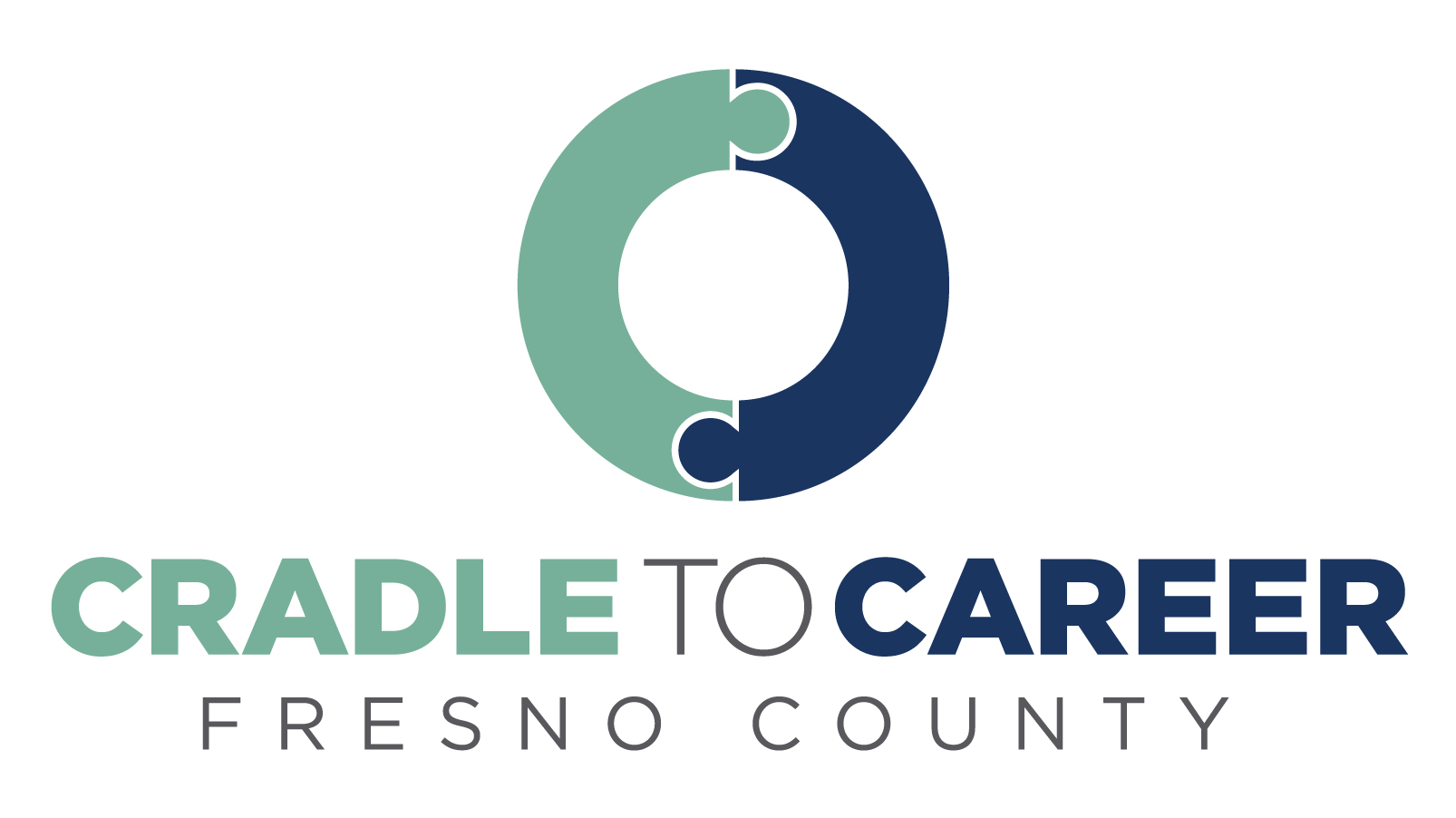
Access the dashboard here.
This dashboard is an interactive tool used to explore and analyze the Cradle to Career Fresno County indicators. This tool offers quantitative data collected at the county level. When applicable, the data is broken down by race and ethnicity, sex, age, and/or other demographic groups. The information is gathered from various sources, both public and non-public.
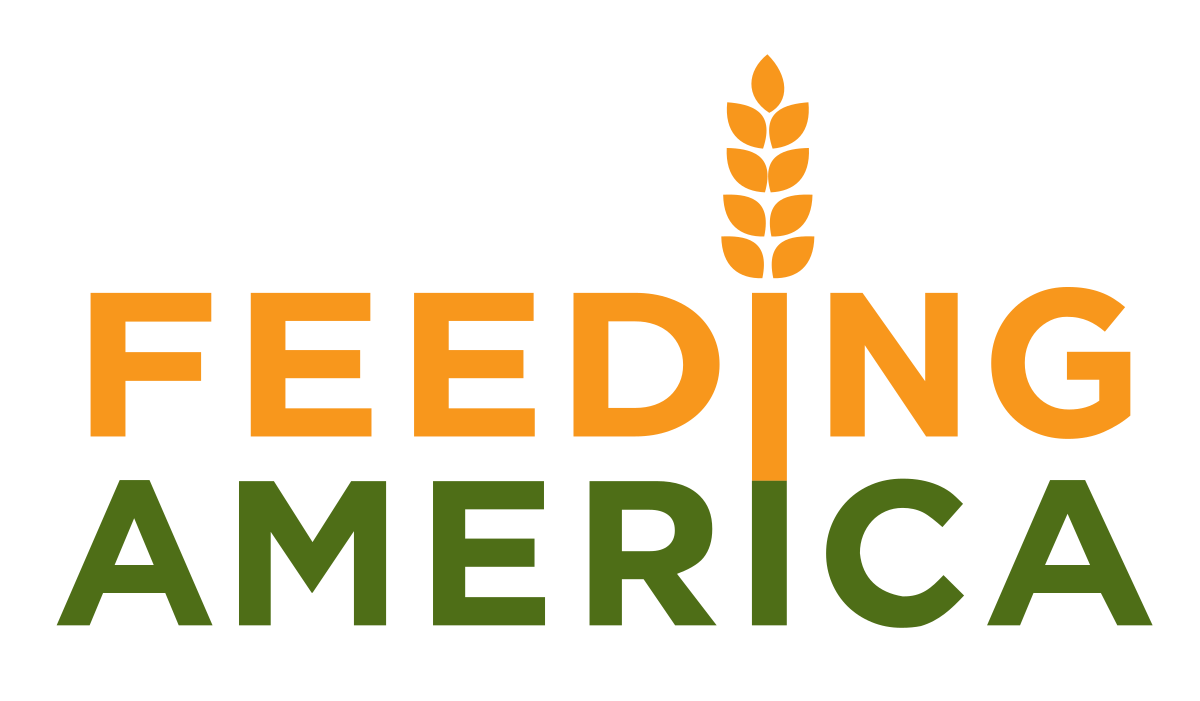
Access the dashboard here.
This interactive map, updated with data as of 2021, features annual food insecurity estimates from our Map the Meal Gap study for the overall population and children in every county, congressional district, and state, as well as for every service area within our nationwide network of food banks. The map also features food insecurity estimates for the older adult populations at the national and state level from Feeding America’s The State of Senior Hunger in America report series.

DRIVE Participatory Evaluation Survey Results Dashboard:
Access the dashboard here.
This dashboard was created based on a small sample of residents that live in underserved areas and are the focus of DRIVE’S Civic Infrastructure hubs.
California and Distressed Fresno Neighborhood Comparison Dashboard:
Access the dashboard here.
These priority neighborhoods are explored further in comparison to Fresno and California.
California and National Dashboards:
Below is a collection of other California state and National dashboards with related metrics that you can access:

Access the dashboard here.
For the first time since 2019, the California Department of Education updated the dashboard that tracks the annual progress of K-12 students on factors such as standardized test scores, chronic absenteeism, suspensions and graduation rates.
Since its rollout in 2017, this dashboard aims to show the progress of students at the state, district and school level using a color-coded system. It breaks this information down by 13 student subgroups, such as English language learners, disabled students and race and ethnicity

Access the dashboard here.
The California Mobility Index (CMI) offers a unique approach to evaluating the effectiveness of institutions of higher education by focusing on inclusivity and student outcomes. Unlike traditional rankings that prioritize exclusivity and standardized test scores, the CMI highlights institutions that serve a broader and more diverse student population and deliver strong returns on investment.
The CMI evaluates 82 four-year institutions across California, collectively enrolling 785,576 undergraduate students. It measures the proportion of low- and moderate-income students these institutions enroll and assesses the economic mobility and opportunities they provide within the state. By shifting the focus to inclusivity and outcomes, the CMI helps identify higher education institutions that play a crucial role in advancing equitable and sustainable economic development.
The data included in the CMI provides current data, with key metrics such as:
Weighted average of the price students pay out of pocket after all grants and scholarships are deducted (Academic year 2021-22)
Salary of high school graduate in California (25-34 years old) (5-year estimates derived from the 2022 ACS)
Earnings for students with family income between $0-75,000 (“pooled” cohort from 2009-10 and 2010-11 measured in calendar year 202 and 2021)
Percentage of Pell Grant students (Student financial aid cohort from 2022-23)
The index also disaggregates data by Asian American and Native American Pacific Islander-Serving Institutions and Hispanic Serving Institutions.
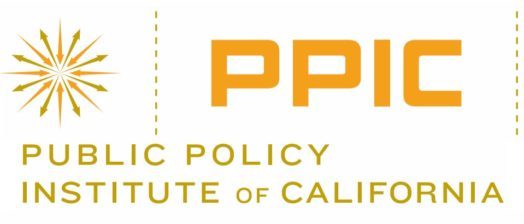

Access the dashboard here.
Evidence-based and peer-reviewed, the HPI supports efforts to prioritize equitable community investments, develop critical programs and policies across the state, and much more.
Neighborhood-by-neighborhood, the HPI maps data on social conditions that drive health — like education, job opportunities, clean air and water, and other indicators that are positively associated with life expectancy at birth. Community leaders, policymakers, academics, and other stakeholders use the HPI to compare the health and well-being of communities, identify health inequities and quantify the factors that shape health.

Access the dashboard here.
Measure of America provides easy-to-use yet methodologically sound tools for understanding well-being and opportunity in America and stimulating fact-based dialogue about issues we all care about: health, education, and living standards.

Access the dashboard here.
The National Equity Atlas is America’s most detailed report card on racial and economic equity. They aim to equip movement leaders and policymakers with actionable data and strategies to advance racial equity and shared prosperity.
Access the dashboard here.
FEMA’s National Risk Index is a dataset and online tool to help illustrate the United States. communities most at risk for 18 hazard types.
The National Risk Index provides relative Risk Index scores and ratings based on data for Expected Annual Loss due to natural hazards, Social Vulnerability, and Community Resilience. Separate scores and ratings are also provided for each component: Expected Annual Loss, Social Vulnerability, and Community Resilience. For the Risk Index and Expected Annual Loss, scores and ratings can be viewed as a composite score for all hazards or individually for each of the 18 hazard types.

Access the dashboard here.
The Atlas shows neighborhood level data on upward mobility. To study economic opportunity, they follow people over many years to see how outcomes vary based on family circumstances and where they grew up. The Atlas is the first data set that allows you to see not just where poor and rich currently live, but whether children from a certain area tend to grow up to be rich or poor.
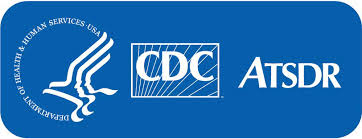
Access the dashboard here.
This index is designed to assess resilience and identify populations that are vulnerable to natural disasters and infectious disease breakouts. Social Vulnerability refers to the resilience of communities (the ability to survive and thrive) when confronted by external stresses on human health, stresses such as natural or human-caused disasters, or disease outbreaks. Reducing social vulnerability can decrease both human suffering and economic loss.
CDC/ATSDR SVI Themes & Social Factors: - Socioeconomic status (below poverty, unemployed, income, no high school diploma) - Household composition & disability (aged 65 or older, aged 17 or younger, older than age 5 with a disability, single-parent households) - Minority status & language (minority, speak English “less than well”) - Housing type & transportation (multi-unit structures, mobile homes, crowding, no vehicle, group quarters)
Access the dashboard here.
The Distressed Communities Index (DCI) is a tool for measuring the comparative economic well-being of U.S. communities and helps illuminate ground-level disparities across the country. The DCI is derived from the U.S. Census Bureau’s Business Patterns and American Community Survey 5-Year Estimates for 2016-2020, and sorts zip codes into quintiles of well-being: prosperous, comfortable, mid-tier, at risk, and distressed.

Access the dashboard here.
Social capital – the strength of our relationships and communities – has been shown to play an important role in outcomes ranging from income to health. Using privacy-protected data on 21 billion friendships from Facebook, this tool measures three types of social capital in each neighborhood, high school, and college in the United States. Use this tool to explore social capital in your community and how it connects to children’s chances of rising out of poverty.

Access the dashboard here.
The Black Wealth Indicators tool brings together county-level metrics from our Racial Wealth Equity Database to explore the state of Black wealth. In addition to direct measures of wealth, such as home values and household debt, the tool displays data on factors that can determine household earning power, such as educational attainment. The tool can offer a nuanced picture of where a county is succeeding while highlighting areas to target interventions in addressing racial wealth inequity compared to its peers.
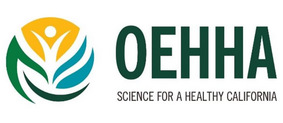
Access the dashboard here.
This dashboard is an interactive online tool used for filtering and visualizing the latest CalEnviroScreen data. Users can filter CalEnviroScreen 4.0 data by geography (county, city, or legislative district) and by any combination of the results from the 21 CalEnviroScreen indicators. The dashboard can be accessed on its own or through the user guide. A tutorial video is also available.

Access the dashboard here.
The Legatum prosperity Index™ is a tool for transformation, offering a unique insight into how prosperity is forming and evolving across the world. Leaders around the world can use it to help set their agendas for growth and development.

Access the dashboard here.
This Issue Brief surveys 11 data tools that measure and analyze how people and places are doing across California based on various indicators for economic, social, physical, and environmental well-being.
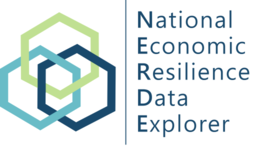
Access the dashboard here.
This tool is designed to help a variety of users across the country with local economic recovery and resilience analysis. The NERDE consolidates information and data on economic distress criteria, COVID-19 impacts to local economies, and the existence and emergence of industry clusters.

